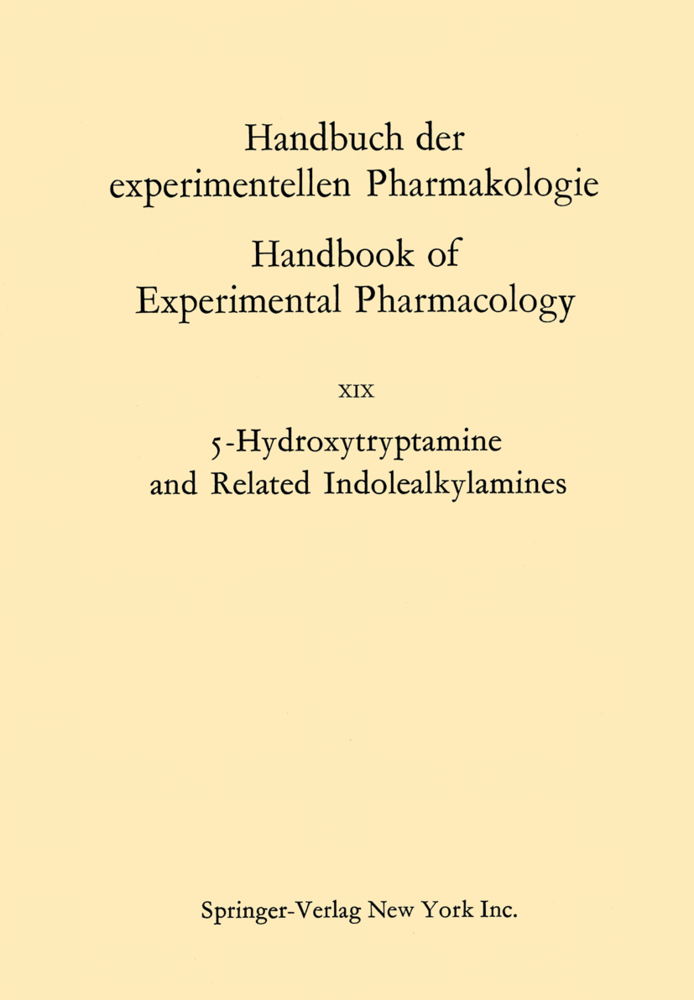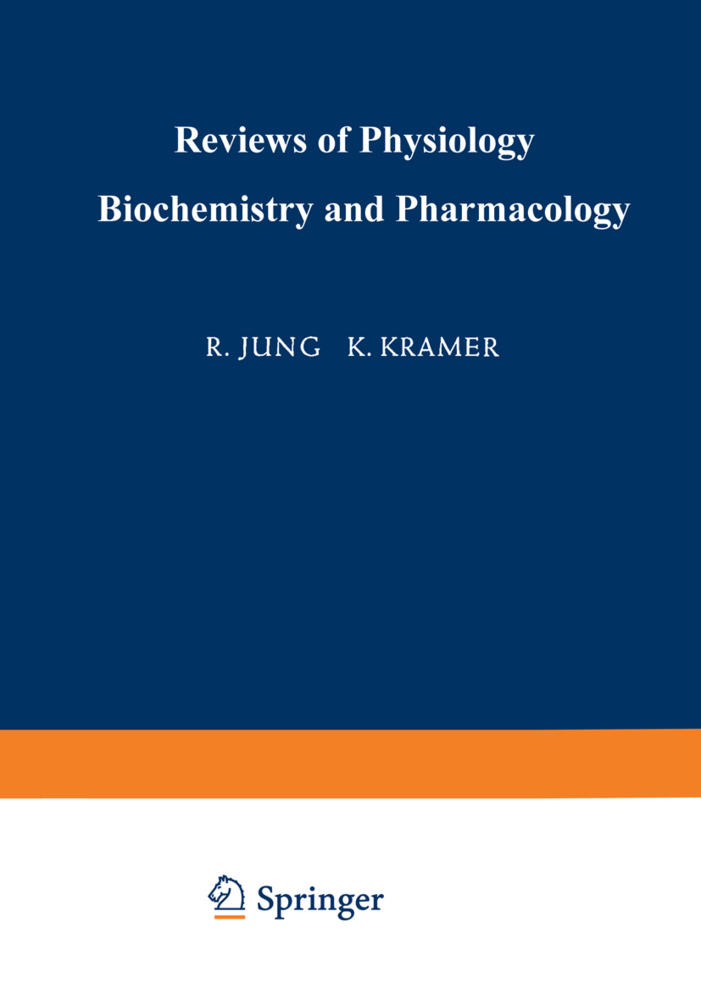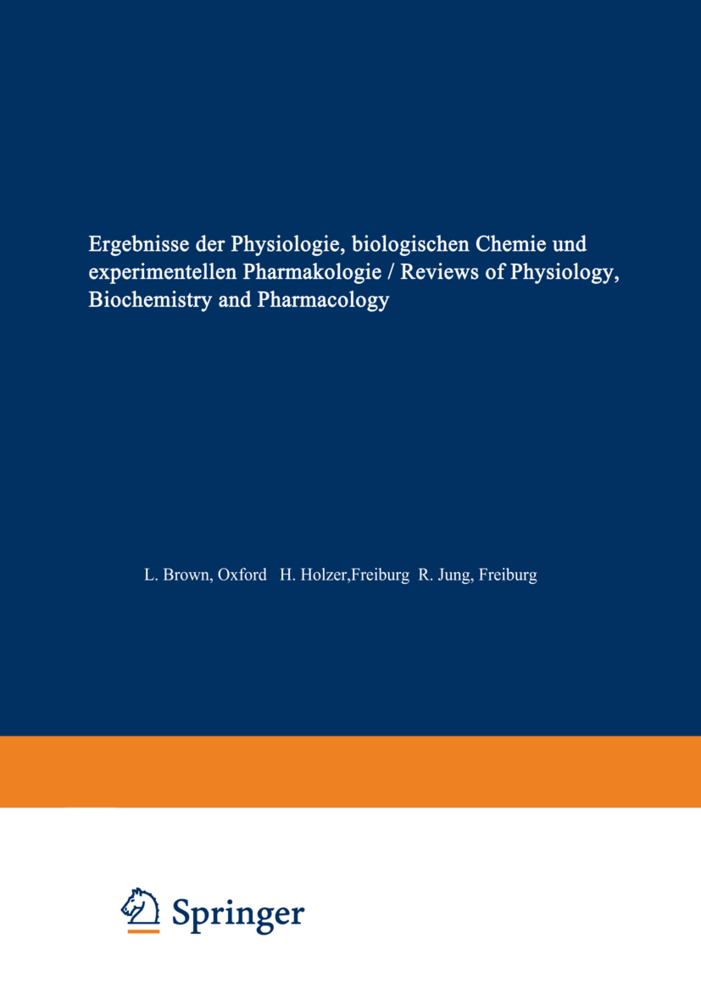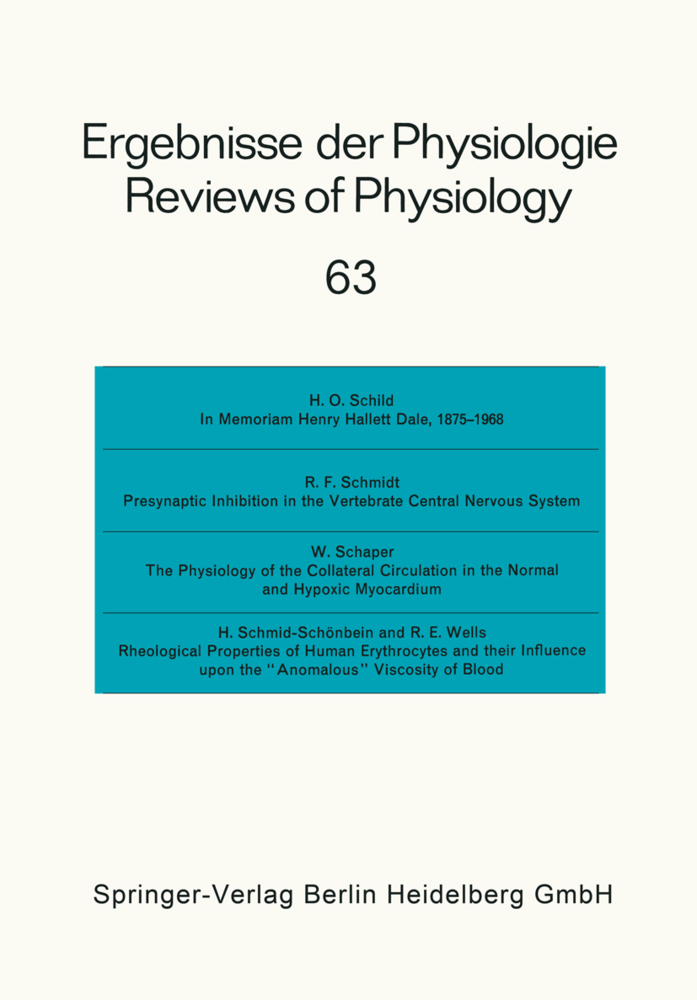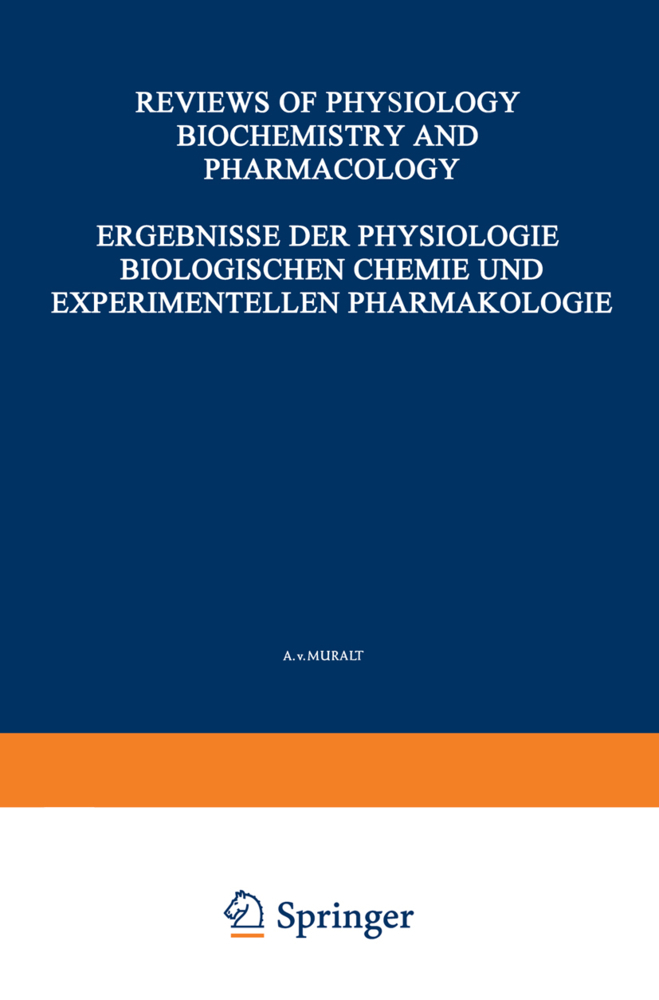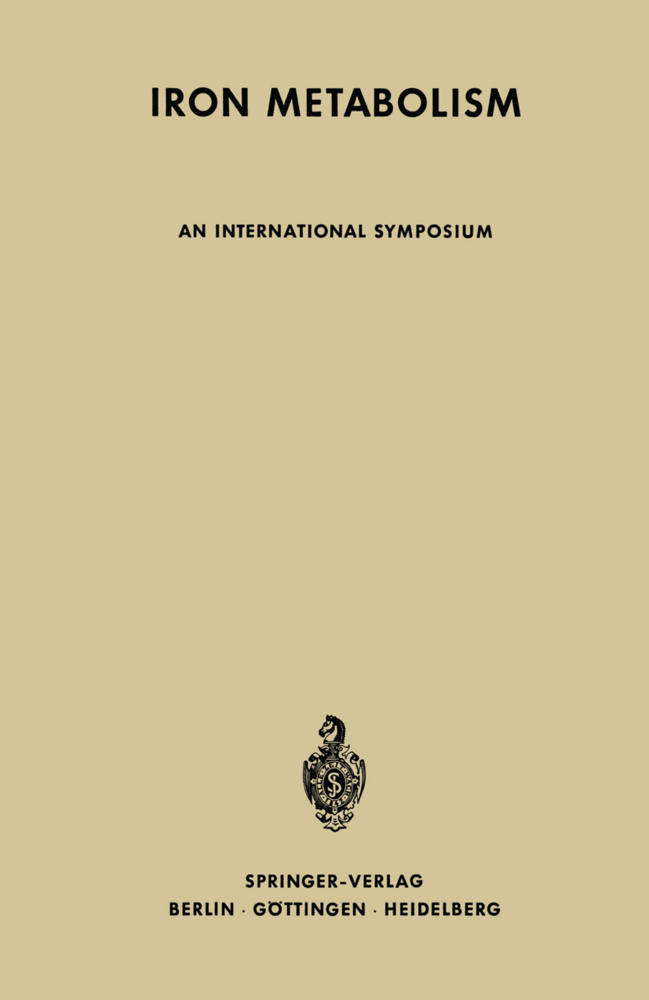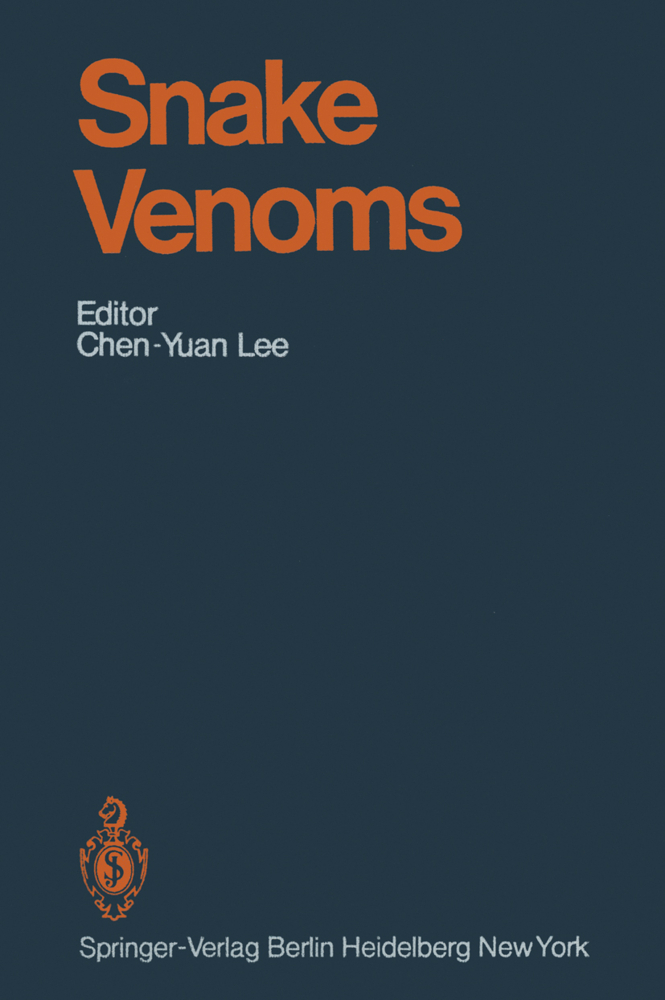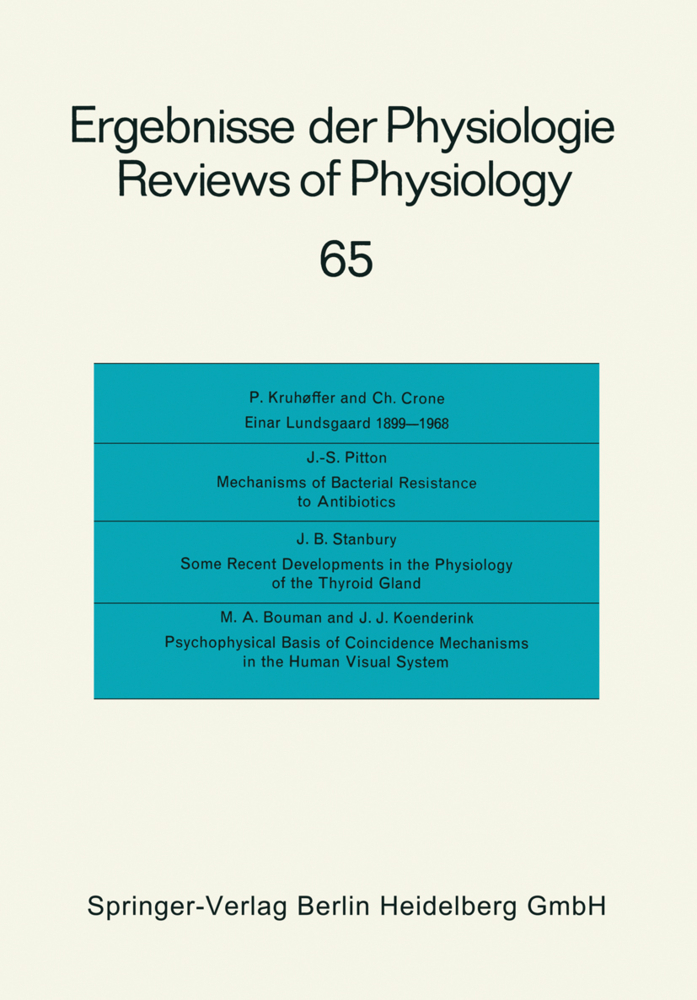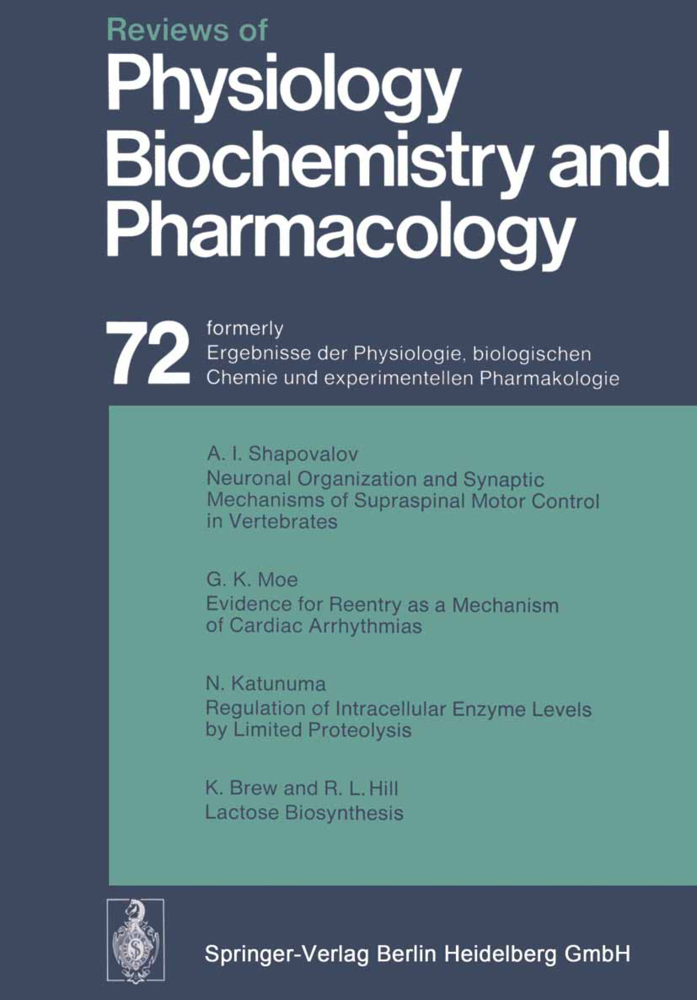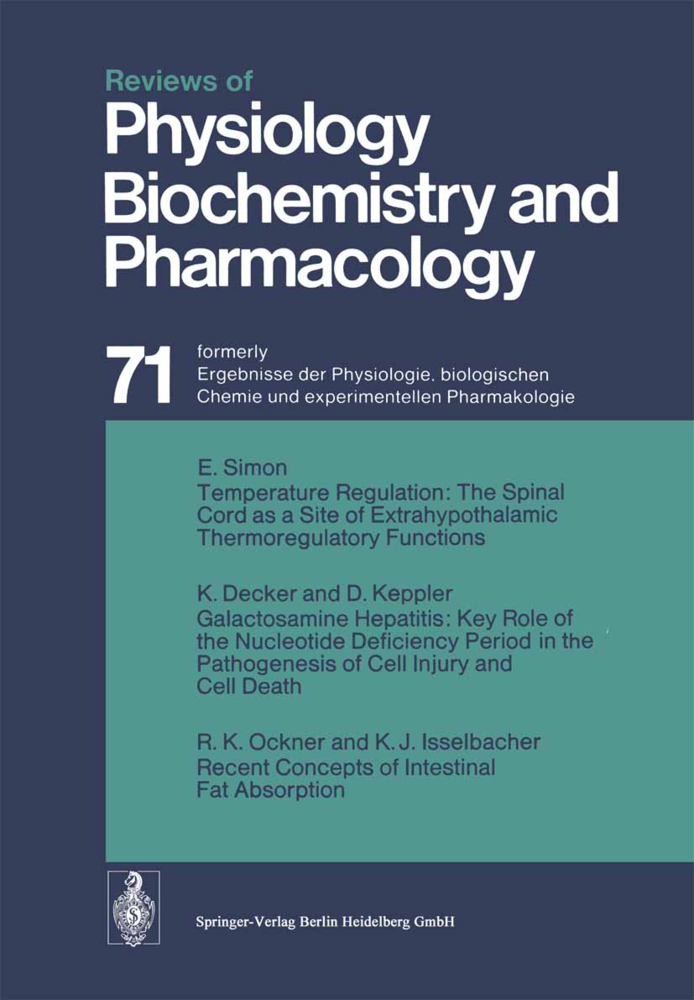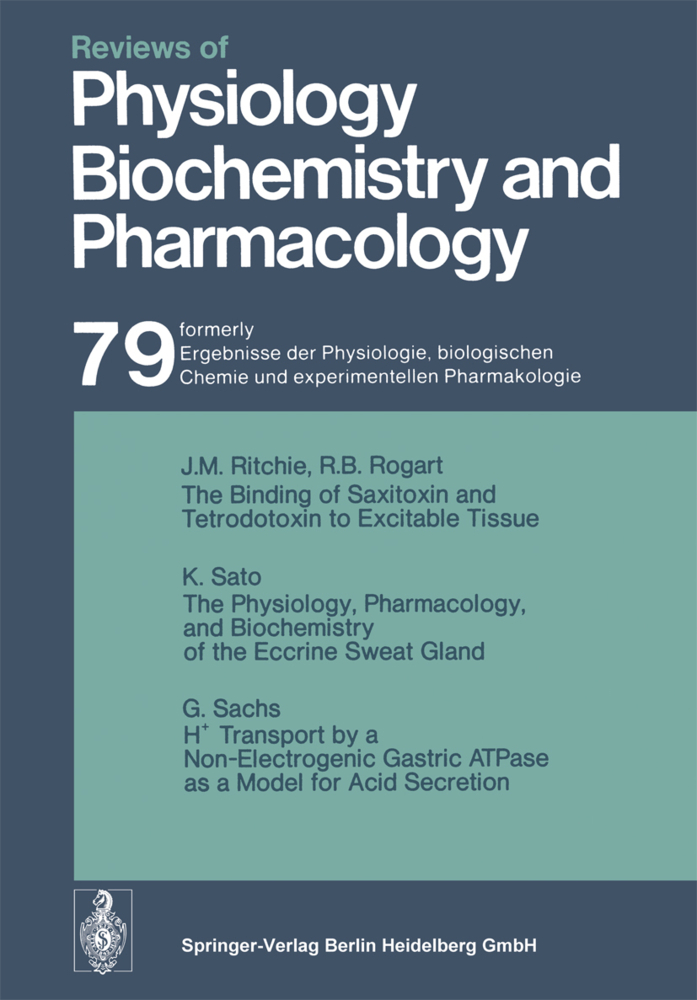5-Hydroxytryptamine and Related Indolealkylamines
5-Hydroxytryptamine and Related Indolealkylamines
The study of biogenic amines, which from the beginning of modern pharma cology has always attracted the enthusiastic attention of research workers and has led to some of the most brilliant and illuminating experimental results in biology, has been unexpectedly extended in the last fifteen years. 'With the discovery of 5. hydroxytryptamine (enteramine, serotonin), in fact, the vast field of indole alkylamines has been opened up for research. In a decade of intensive and dedicated work, an immense amount of experi mental data has been collected, the significance of which, having rapidly overrun the limits of pharmacology, physiology, and biochemistry, has spread into all fields of biology and medicine, as previously occurred with choline esters, catechol amines and imidazolealkylamines. Thus, the study of indolealkylamines, espe cially that of their metabolism, has led not only to explanation of the mechanism of action, formerly largely obscure, of some important drugs, to clarification of the pathogenesis of some morbid syndromes and to a parallel flourishing of research on other biogenic amines, but also to surprising achievements in the field of therapeutics. The discovery of monoamineoxidase and dopadecarboxylase inhibitors, and of drugs which block the storage of biogenic amines in the body depots are among the most striking results of research on the indolealkylamines.
II. The elements of the enterochromaffin cell system
III. Histochemical characteristics of 5-HT of diagnostic importance
A. Fixability characteristic
B. Colour reaction
1. Chromaffin reactio
2. Argentaffin reactions and argentophil
3. Diazo reaction
4. Pearse's thyo-indoxyl reaction
5. Other reactions
6. Reactions which do not give the expected positive response
7. Various procedures
C. Fluorescence as a diagnostic criterion
D. Limits of histochemical diagnosability of 5-HT
E. Histochemical data obtained by destructive extra-situm methods
IV. The enterochromaffin cell syste
A. Enterochromaffin cells
1. The typical enterochromaffin cell
a) Specific granules
?) Histochemical characteristics
?) Histophysical characteristics
?) Ultrastructural data
?) Data obtained by homogenization and differential centrifugation
b) Topographical distribution
?) Intestinal distribution
?) Extra-intestinal localization
c) Taxonomical distribution
2. Brief notes on the argentophil pre-enterochromaffin cells
3. Embryology of the enterochromaffin cell
a) Time of appearance of the enterochromaffin cell
b) Experimental embryological data
c) Origin of the enterochromaffin cell
4. Various functional conditions of the enterochromaffin cell
B. Chromaffin cells of the posterior salivary glands of Octopoda
C. Chromaffin cells in the hypobranchial gland of Muricidae
D. Cutaneous poison glands in Amphibians
E. Chromaffin cells in Calliactis parasitica
F. Poison gland cells of some scorpions
G. Mast cells in the rat and the mouse
V. Localizations of phenolic and indolic substances which cannot be referred to 5-H
VI. Localizations of 5-HT which cannotbe histochemically demonstrated
VII. Final considerations
VIII. Technical appendix
A. Fixations
1. Formalin fixation
2. Freezing drying
3. Fixation for electron-microscopy
B. Principal reactions
1. Chromaffin reactions
a) Fixation for chromaffin reaction
b) Reaction on sections
2. Iodaffin reactions
3. Silver reactions
a) Argentaffin reaction according to Masson-Hamperl
b) Argentaffin reaction according to Masson
c) Methenamine silver argentaffin reaction according to Gomori-Burtner
d) Bodian's argyrophil technique
e) Gross-Schultze's modification of Bielchowski's argyrophil technique
f) Feyrter's adaptation of Gross-Schultze's argyrophil technique to paraffin embedded sections
4. Schmorl's reaction
5. Diazoreactions
a) Diazoreaction with the diazotate of sulfanilic acid
?) In alkaline solution
?) In acid solution
?) In alkaline solution with subsequent strong acidification
b) Diazoreaction with stabilized diazotates
c) Coupled tetrazonium reaction according to Pearse
d) Diazosafranin method according to Lillie, Burtner and Henson
6. Gibbs's dichloroquinonechlorimide reaction
7. Pearse's thioindoxyl reaction
C. Estimation of the weighted index of granularity in the rat according to Ghiringhelli and Mira
References
2: Chemical analysis of indolealkylamines and related compounds
A. Isolation and fractionation from biological materia
I. Extraction procedures
1. Acetone extraction
2. Butanol extraction
3. Other solvent extractions
II. Chromatographic procedures
1. Adsorption chromatography
2. Ion exchange chromatography
3. Paper chromatography
4. Molecular sieving (gel filtration)
III. Paper electrophoresis
B. Identification
I. Ultraviolet absorbancy
II.Fluorescence
III. Colour reactions
1. Aldehyde reactions
2. Xanthydrol reaction
3. l-Nitroso-2-naphthol reaction
4. Diazo reactions
IV. Countercurrent distribution
V. Paper chromatography
1. Chromatography paper
2. Solvent systems
3. Location of spots
4. Rf values of indolealkylamines and related compounds
5. Quantitative paper chromatography
VI. Thin layer chromatography
VII. Gas chromatography
VIII. Paper
1. Histology of the enteroehromaffin cell system
I. IntroductionII. The elements of the enterochromaffin cell system
III. Histochemical characteristics of 5-HT of diagnostic importance
A. Fixability characteristic
B. Colour reaction
1. Chromaffin reactio
2. Argentaffin reactions and argentophil
3. Diazo reaction
4. Pearse's thyo-indoxyl reaction
5. Other reactions
6. Reactions which do not give the expected positive response
7. Various procedures
C. Fluorescence as a diagnostic criterion
D. Limits of histochemical diagnosability of 5-HT
E. Histochemical data obtained by destructive extra-situm methods
IV. The enterochromaffin cell syste
A. Enterochromaffin cells
1. The typical enterochromaffin cell
a) Specific granules
?) Histochemical characteristics
?) Histophysical characteristics
?) Ultrastructural data
?) Data obtained by homogenization and differential centrifugation
b) Topographical distribution
?) Intestinal distribution
?) Extra-intestinal localization
c) Taxonomical distribution
2. Brief notes on the argentophil pre-enterochromaffin cells
3. Embryology of the enterochromaffin cell
a) Time of appearance of the enterochromaffin cell
b) Experimental embryological data
c) Origin of the enterochromaffin cell
4. Various functional conditions of the enterochromaffin cell
B. Chromaffin cells of the posterior salivary glands of Octopoda
C. Chromaffin cells in the hypobranchial gland of Muricidae
D. Cutaneous poison glands in Amphibians
E. Chromaffin cells in Calliactis parasitica
F. Poison gland cells of some scorpions
G. Mast cells in the rat and the mouse
V. Localizations of phenolic and indolic substances which cannot be referred to 5-H
VI. Localizations of 5-HT which cannotbe histochemically demonstrated
VII. Final considerations
VIII. Technical appendix
A. Fixations
1. Formalin fixation
2. Freezing drying
3. Fixation for electron-microscopy
B. Principal reactions
1. Chromaffin reactions
a) Fixation for chromaffin reaction
b) Reaction on sections
2. Iodaffin reactions
3. Silver reactions
a) Argentaffin reaction according to Masson-Hamperl
b) Argentaffin reaction according to Masson
c) Methenamine silver argentaffin reaction according to Gomori-Burtner
d) Bodian's argyrophil technique
e) Gross-Schultze's modification of Bielchowski's argyrophil technique
f) Feyrter's adaptation of Gross-Schultze's argyrophil technique to paraffin embedded sections
4. Schmorl's reaction
5. Diazoreactions
a) Diazoreaction with the diazotate of sulfanilic acid
?) In alkaline solution
?) In acid solution
?) In alkaline solution with subsequent strong acidification
b) Diazoreaction with stabilized diazotates
c) Coupled tetrazonium reaction according to Pearse
d) Diazosafranin method according to Lillie, Burtner and Henson
6. Gibbs's dichloroquinonechlorimide reaction
7. Pearse's thioindoxyl reaction
C. Estimation of the weighted index of granularity in the rat according to Ghiringhelli and Mira
References
2: Chemical analysis of indolealkylamines and related compounds
A. Isolation and fractionation from biological materia
I. Extraction procedures
1. Acetone extraction
2. Butanol extraction
3. Other solvent extractions
II. Chromatographic procedures
1. Adsorption chromatography
2. Ion exchange chromatography
3. Paper chromatography
4. Molecular sieving (gel filtration)
III. Paper electrophoresis
B. Identification
I. Ultraviolet absorbancy
II.Fluorescence
III. Colour reactions
1. Aldehyde reactions
2. Xanthydrol reaction
3. l-Nitroso-2-naphthol reaction
4. Diazo reactions
IV. Countercurrent distribution
V. Paper chromatography
1. Chromatography paper
2. Solvent systems
3. Location of spots
4. Rf values of indolealkylamines and related compounds
5. Quantitative paper chromatography
VI. Thin layer chromatography
VII. Gas chromatography
VIII. Paper
Erspamer, Vittorio
| ISBN | 978-3-642-85469-9 |
|---|---|
| Medientyp | Buch |
| Copyrightjahr | 2012 |
| Verlag | Springer, Berlin |
| Umfang | XX, 928 Seiten |
| Sprache | Englisch |

